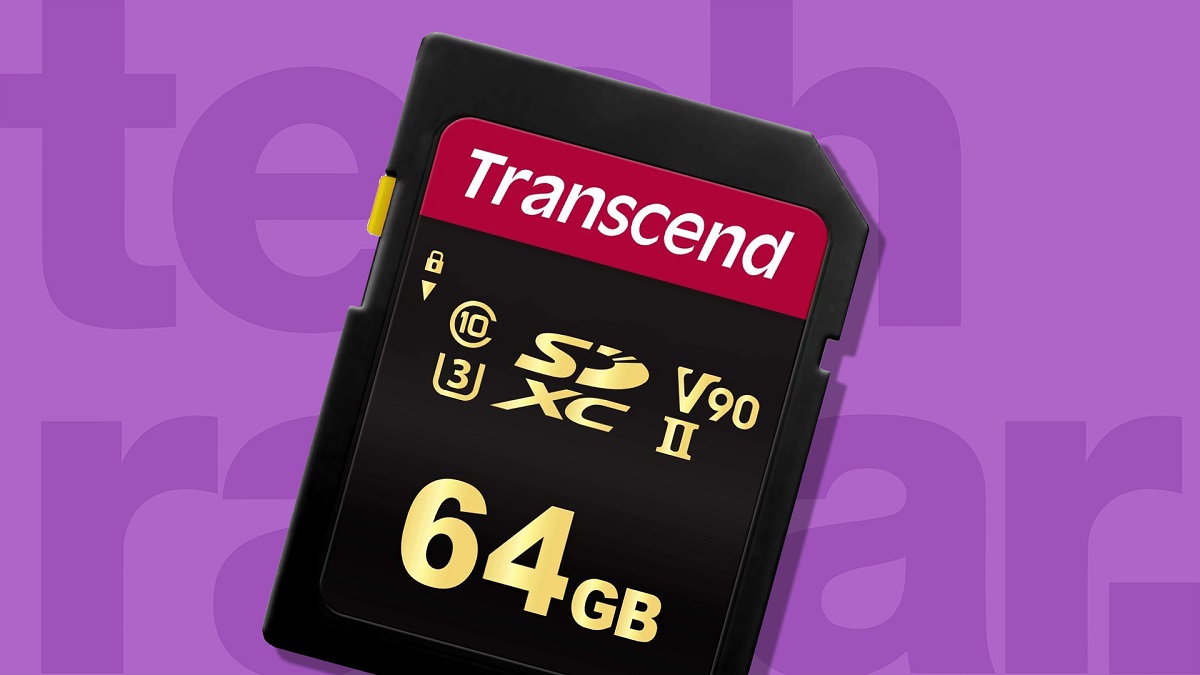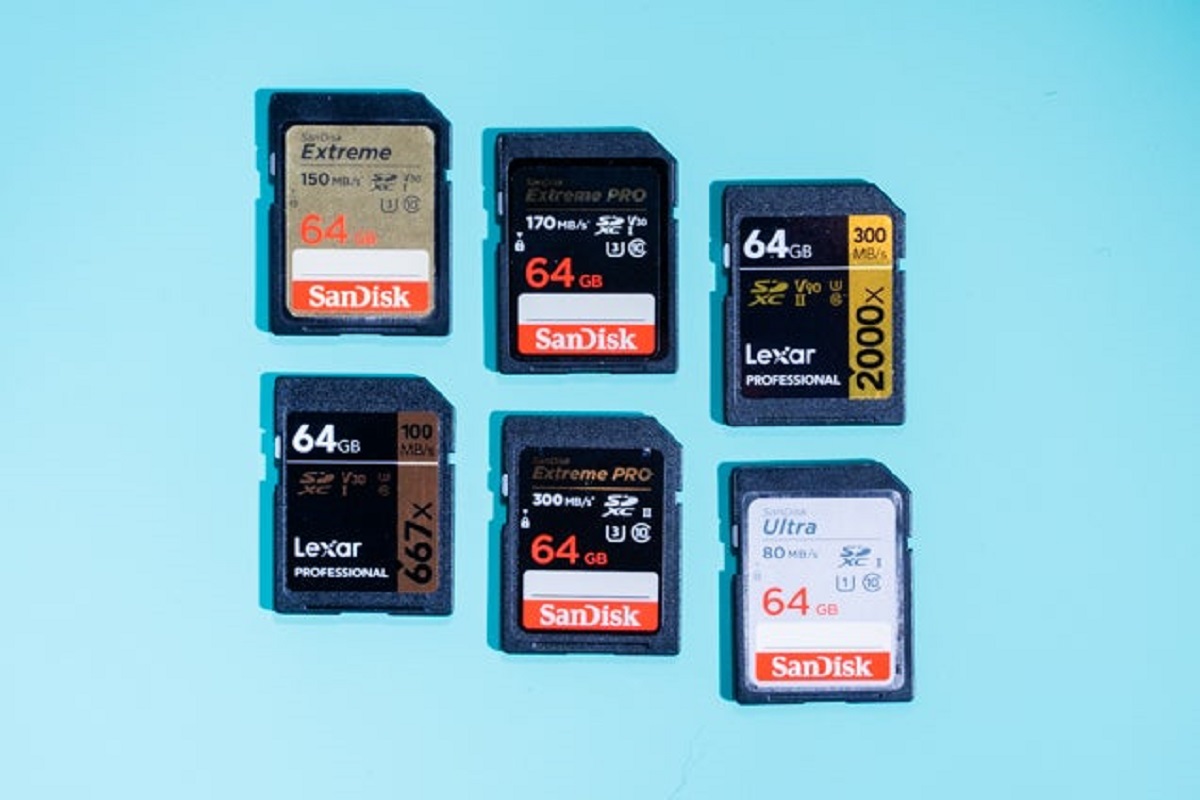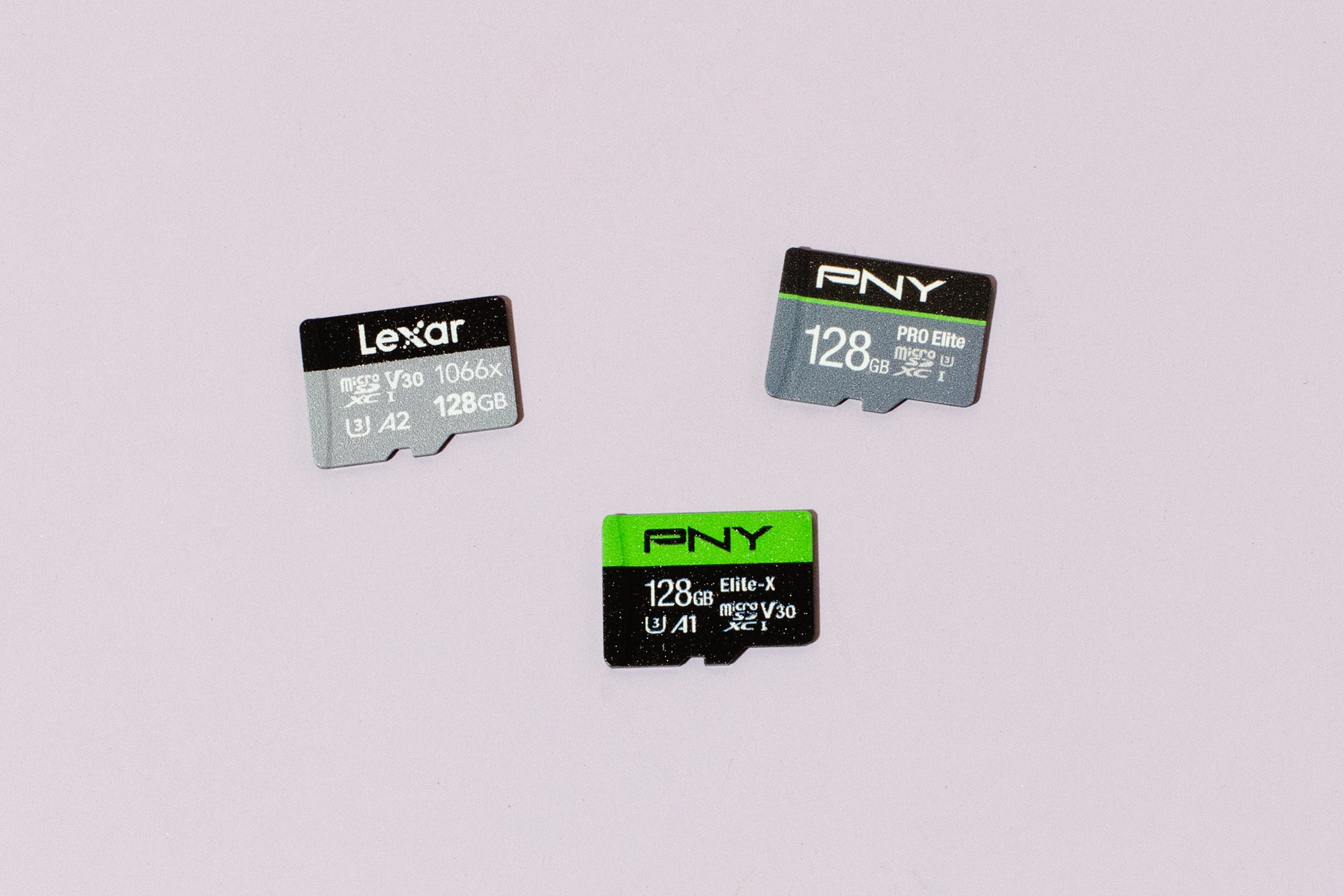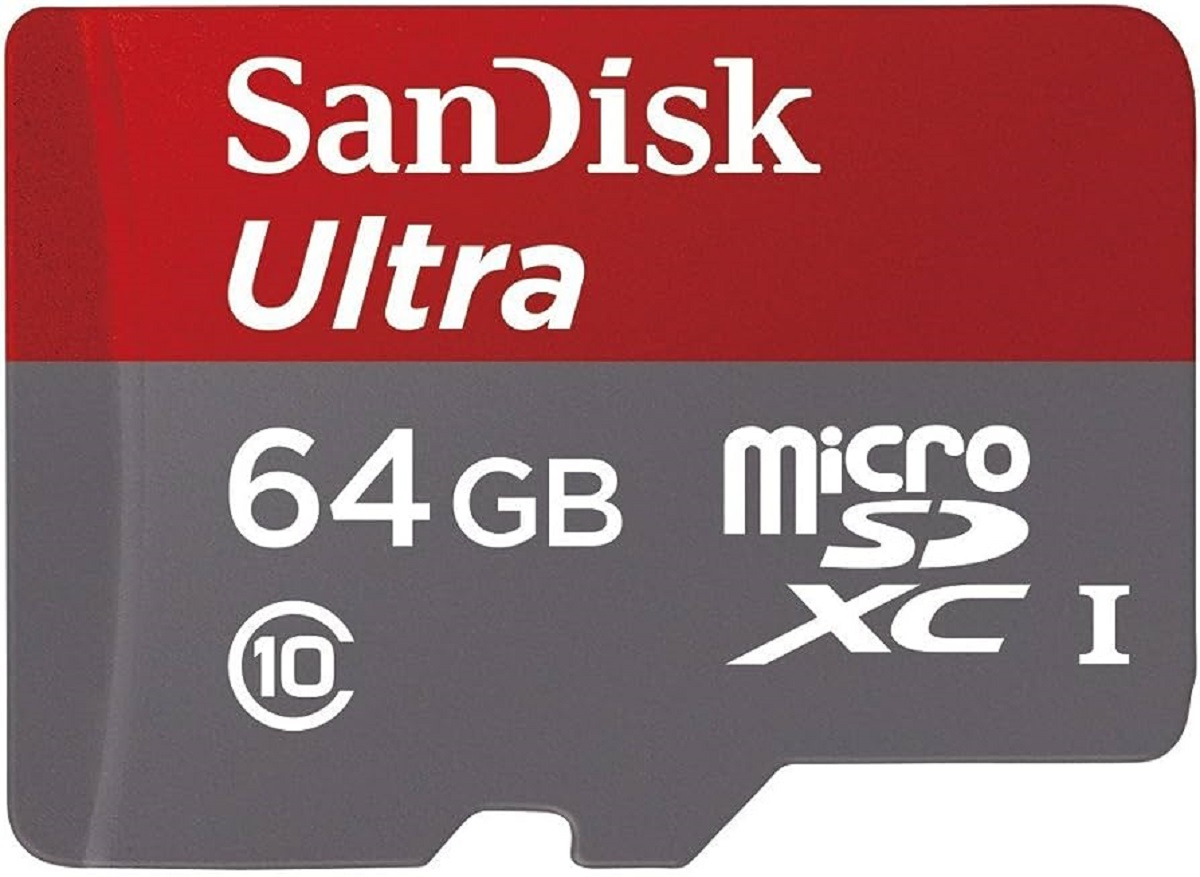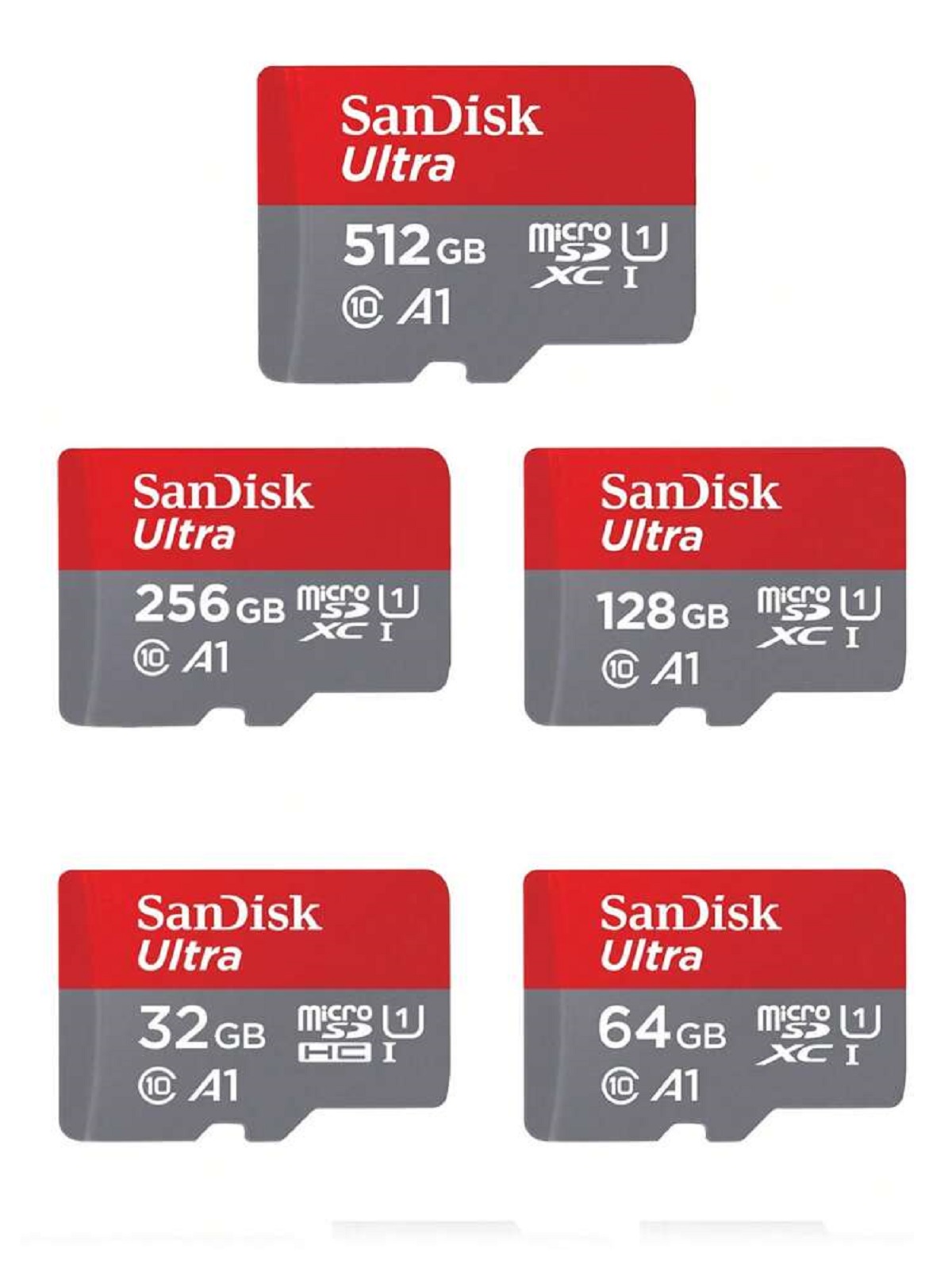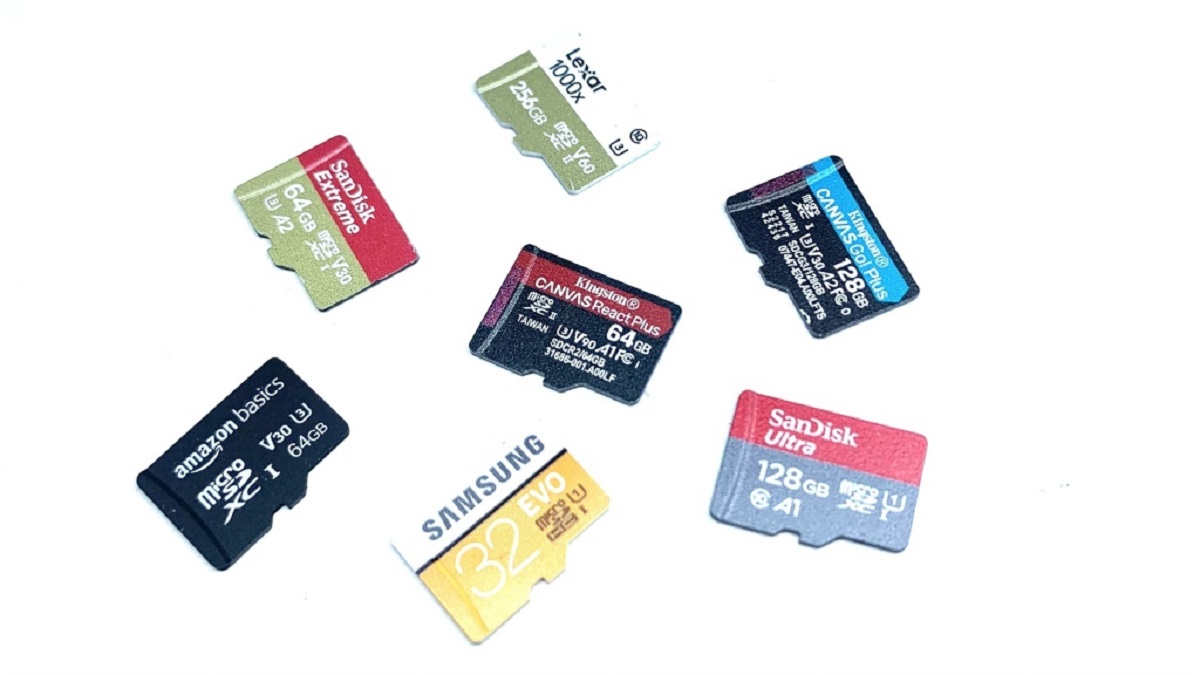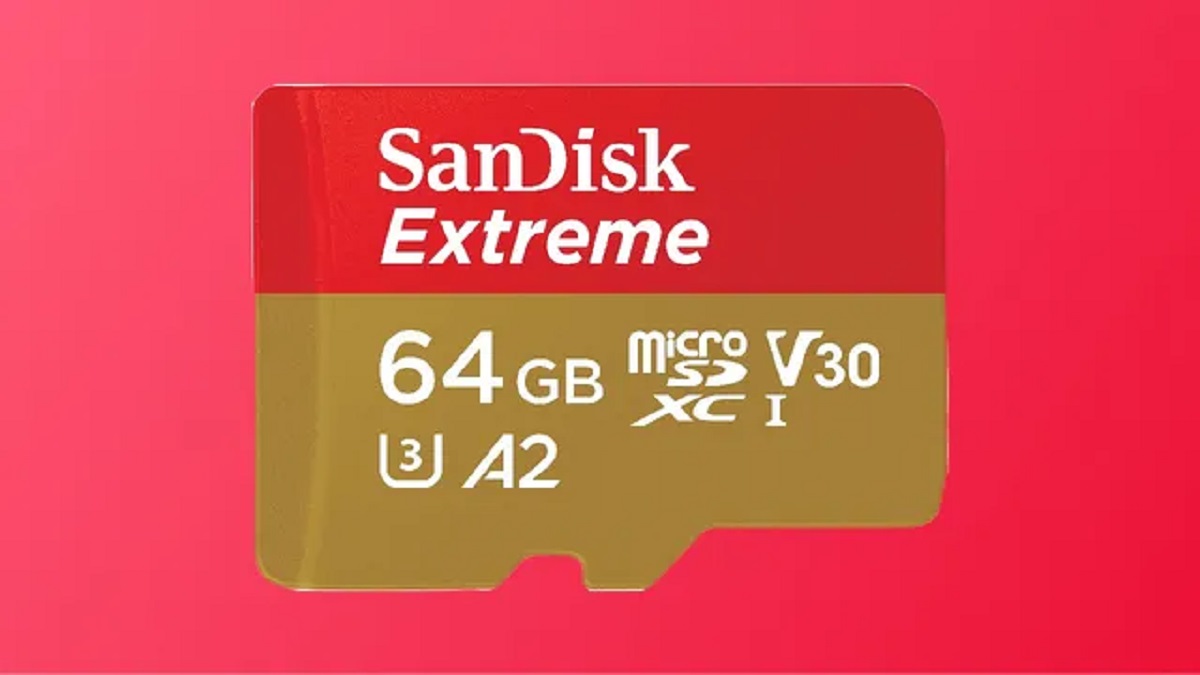Introduction
A 64GB SD card is a popular choice for storing videos, whether you are a professional videographer, a hobbyist filmmaker, or simply someone who loves capturing precious memories. With its ample storage capacity, a 64GB SD card can hold a substantial amount of video footage. But have you ever wondered just how many hours of video you can store on a 64GB SD card?
In this article, we will explore the factors that determine the video storage capacity of a 64GB SD card. We will delve into the file sizes of different video formats, the recording settings that affect video file sizes, and the calculation formula to estimate the number of hours of video that can be stored on a 64GB SD card.
Understanding the capabilities of your 64GB SD card will help you make informed decisions when it comes to recording and storing your videos. Whether you are planning a long video shoot or want to ensure you have enough space for multiple shorter recordings, knowing the approximate storage capacity of your SD card is essential.
So, let’s dive into the world of storage capacity and unravel the mysteries of how many hours of video you can expect to store on your 64GB SD card.
What is a 64GB SD Card?
A 64GB SD card is a small, portable storage device commonly used for storing and transferring digital files. SD stands for “Secure Digital,” and the number 64GB refers to its storage capacity, which is measured in gigabytes (GB).
SD cards are widely used in various electronic devices, including digital cameras, camcorders, smartphones, tablets, and even gaming consoles. They provide a convenient way to expand the storage capacity of these devices and allow users to capture and store larger amounts of data, such as photos, videos, music, and documents.
The “64GB” in the name of the SD card indicates its storage capacity. A gigabyte (GB) is a unit of digital storage that represents one billion bytes. Therefore, a 64GB SD card can hold approximately 64 billion bytes of data.
It’s important to note that the actual usable storage capacity of an SD card may be slightly less than its advertised capacity. This is because the card’s file system and other overhead can consume a small portion of the total capacity. However, these differences are usually minimal and do not significantly impact the available storage space.
In summary, a 64GB SD card is a portable storage device with a capacity of 64 gigabytes. It is commonly used in electronic devices to expand their storage capabilities, allowing users to store and transfer large amounts of digital data.
Video File Sizes
Understanding video file sizes is crucial to determining how much footage you can store on a 64GB SD card. Video file sizes can vary depending on various factors, including the video format, resolution, frame rate, and compression settings.
Video files are usually measured in terms of file size per unit of time, such as megabytes per second (Mbps) or gigabytes per hour (GB/h). The higher the file size, the more storage space it occupies.
The most common video formats include MP4, AVI, MOV, and MKV. Each format has its own compression algorithm and quality settings, resulting in different file sizes for the same video content.
Video resolution also plays a significant role in file size. Higher resolutions, such as 4K or 1080p, produce more detailed and visually appealing videos but also result in larger file sizes. Lower resolutions, such as 720p or standard definition, have smaller file sizes but may lack the same level of clarity and sharpness.
Another factor that affects video file sizes is the frame rate. The frame rate determines the number of frames displayed per second in a video. Common frame rates include 24 fps (frames per second), 30 fps, and 60 fps. Higher frame rates result in smoother motion but also lead to larger file sizes.
Compression settings also have a significant impact on video file sizes. Compression algorithms, such as H.264 or H.265, reduce the file size by eliminating redundant information while maintaining acceptable video quality. Higher compression ratios result in smaller file sizes but may also result in a slight loss of quality.
It’s important to consider these factors when choosing the video format, resolution, frame rate, and compression settings for your recordings. Finding the right balance between video quality and storage space will ensure that you make the most efficient use of your 64GB SD card.
Video Recording Settings
When recording videos, the settings you choose can significantly impact the resulting file size and, consequently, the amount of video footage you can store on a 64GB SD card. Understanding and adjusting these settings can help optimize your storage space without compromising video quality.
1. Resolution: The resolution determines the number of pixels in your video and directly impacts the file size. Higher resolutions, such as 4K or 1080p, produce sharper and more detailed videos but require more storage space. Lower resolutions, such as 720p or standard definition, have smaller file sizes but may sacrifice some video quality.
2. Frame Rate: The frame rate determines how many individual frames are captured per second. Higher frame rates, such as 60 fps, result in smoother motion but increase file size. Lower frame rates, such as 24 or 30 fps, conserve storage space but may lead to slightly less fluid motion.
3. Bitrate: The bitrate represents the amount of data used to encode each second of video. Higher bitrates generally result in better video quality but also consume more storage space. Lower bitrates sacrifice some quality but reduce the file size. It is important to strike a balance that aligns with your storage limitations and video quality requirements.
4. Video Codec: The video codec determines the algorithm used to compress and decompress video files. Different codecs achieve varying levels of compression efficiency, impacting the file size. Popular codecs include H.264 and H.265. Choosing the appropriate codec can help maximize storage space without compromising too much on video quality.
5. Audio Settings: Audio is an integral part of video recordings. Depending on your needs, you can adjust the audio settings to optimize the file size. Decreasing the audio bitrate or using a more efficient audio codec can reduce the audio file size while maintaining acceptable sound quality.
By adjusting these video recording settings, you can optimize your storage space and make the most out of your 64GB SD card. It’s important to consider your storage limitations, the desired video quality, and the intended use of your recordings when choosing the appropriate settings.
Recording Time Calculation Formula
To estimate the recording time on a 64GB SD card, you can use a simple calculation formula that takes into account the video file size and the storage capacity of the SD card.
The formula is as follows:
Recording Time (in hours) = Available Storage Space (in GB) / Video File Size per Hour (in GB/h)
To begin, you need to determine the average video file size per hour. This will vary depending on the video format, resolution, frame rate, compression settings, and other factors discussed earlier. By referring to the manufacturer’s specifications or conducting some test recordings, you can estimate the file size per hour of video footage.
Next, you divide the available storage space of your 64GB SD card by the file size per hour. The result will give you an estimation of the recording time in hours that can be accommodated on the SD card.
For example, if the average video file size per hour is 4GB and you have a 64GB SD card, the calculation would be as follows:
Recording Time (in hours) = 64GB / 4GB/h = 16 hours
Keep in mind that this calculation provides an approximate recording time and may not account for other factors such as formatting overhead or file system limitations. Additionally, the actual usable storage space on the SD card may be slightly less than the advertised capacity.
By using this formula, you can get a general idea of how many hours of video footage you can expect to store on a 64GB SD card. This can help you plan your recording sessions and ensure that you have enough storage space to capture all the important moments.
How Many Hours of Video Can a 64GB SD Card Hold?
A 64GB SD card can hold a varying number of hours of video, depending on factors such as the video format, resolution, frame rate, compression settings, and bitrate. While the exact number may differ based on these variables, we can make some general estimations based on average file sizes and recording settings.
Let’s assume that the average video file size per hour is approximately 4GB, which is a reasonable estimate for high-quality video footage. By using the recording time calculation formula discussed earlier:
Recording Time (in hours) = Available Storage Space (64GB) / Video File Size per Hour (4GB/h)
Using this formula, we can determine that a 64GB SD card can hold approximately 16 hours of video footage. However, it’s important to note that this is just an approximation and the actual recording time may vary based on the aforementioned factors.
If you are recording in lower resolutions, using lower bitrates, or employing more efficient video codecs, you may be able to fit more hours of video on the SD card. On the other hand, higher resolutions, frame rates, and bitrates will result in larger file sizes and subsequently fewer hours of video storage.
For example, if you are recording at 1080p resolution with a higher bitrate, the average file size per hour may increase to 8GB. In this scenario:
Recording Time (in hours) = 64GB / 8GB/h = 8 hours
It’s important to consider your intended video quality and recording settings when estimating how many hours of footage you can fit on a 64GB SD card. Adjusting the recording settings to strike a balance between video quality and storage space can help you make the most efficient use of your SD card’s capacity.
Factors that Affect Recording Time
Several factors can influence the recording time on a 64GB SD card. Understanding these factors will help you plan your video recordings and optimize the storage space available on your SD card.
1. Video Format: Different video formats have varying levels of compression and encoding algorithms, which can affect the resulting file sizes. For example, a video recorded in MP4 format may have a smaller file size compared to the same video recorded in a less efficient format like AVI or RAW.
2. Resolution: Higher resolution videos, such as 4K or 1080p, have more pixels and detail, resulting in larger file sizes. Lower resolution videos, like 720p or standard definition, have smaller file sizes but may sacrifice some video quality.
3. Frame Rate: The number of frames per second in a video affects the resulting file size. Videos with higher frame rates, such as 60 or 120 frames per second, typically have larger file sizes compared to videos recorded at lower frame rates, like 24 or 30 frames per second.
4. Compression Settings: The level of compression applied to a video file affects its file size. Higher levels of compression can significantly reduce file sizes, but may result in a slight loss of video quality. Finding the right balance between file size and video quality is crucial in maximizing the recording time on your SD card.
5. Bitrate: The bitrate of a video determines the amount of data used to encode each second of footage. Higher bitrates generally produce better video quality but result in larger file sizes. Lower bitrates can reduce file sizes but may lead to a decrease in video quality.
6. Audio Quality: The audio settings of a video recording, such as bitrate and audio codec, can also impact the resulting file size. Higher audio bitrates or less efficient audio codecs may increase the file size, while lower bitrates or more efficient codecs can help reduce the overall file size.
7. Recording Duration: The length of your individual recording sessions will determine how many separate video files are stored on the SD card. Longer recordings result in fewer individual files, which can be more convenient for organizing and transferring the footage.
By considering these factors and adjusting your recording settings accordingly, you can optimize the recording time on your 64GB SD card. Finding the right balance between video quality and storage space utilization is crucial to ensuring that you can capture and store your desired amount of video footage.
Tips for Maximizing SD Card Storage
When it comes to maximizing the storage capacity of your 64GB SD card, there are several tips and strategies you can follow to make the most efficient use of the available space. These tips can help you optimize storage and ensure that you have enough room to capture all your precious memories.
1. Choose the Right Video Settings: Adjust your video recording settings to strike a balance between video quality and file size. Consider using lower resolutions, frame rates, and bitrates that still meet your requirements but result in smaller file sizes and more recording time.
2. Regularly Transfer and Delete Files: Transfer your video files to a computer or backup device regularly and delete them from the SD card once they have been safely stored. This will free up space for new recordings and prevent the SD card from becoming full.
3. Use Efficient Video Codecs: Choose video codecs like H.264 or H.265 that provide good compression while maintaining acceptable video quality. These codecs can help reduce file sizes without compromising too much on video clarity.
4. Avoid Unnecessary Video Effects: Minimize the use of video effects such as slow motion, filters, or image stabilization, as these features can significantly increase the file size. Use them sparingly and only when necessary to conserve storage space.
5. Limit Video Recording Time: Be mindful of the duration of your video recordings, especially if you are filming long events or recording continuous footage. Splitting your recordings into shorter clips can make it easier to organize and manage files while maximizing available storage space.
6. Regularly Format the SD Card: Formatting the SD card periodically can help optimize its performance and ensure maximum storage efficiency. However, make sure to back up any important files before formatting, as the process will permanently erase all data from the card.
7. Store Videos in an Organized Manner: Keep your video files organized in folders to easily locate and manage them. By organizing your files, you can avoid clutter and optimize storage space by efficiently using the SD card’s available capacity.
By applying these tips, you can make the most of your 64GB SD card’s storage capacity, ensuring you have enough space to capture and store your videos without worrying about running out of room. Remember to regularly assess your storage needs and adjust your recording and storage practices accordingly to optimize your SD card’s performance.
Conclusion
A 64GB SD card is a versatile and widely used storage solution for capturing and storing videos. It offers ample space to store hours of video footage, making it an ideal choice for various applications, from professional filmmaking to personal recordings.
By considering factors such as video format, resolution, frame rate, compression settings, and bitrate, you can estimate the recording time on a 64GB SD card. Adjusting these settings can help you strike the right balance between video quality and storage space utilization.
Remember to choose the appropriate video settings, transfer and delete files regularly, and use efficient video codecs to maximize your storage efficiency. Additionally, consider limiting the recording time, formatting the SD card periodically, and organizing your video files in a structured manner.
While the calculation formula and estimations provided in this article offer a general understanding of how many hours of video a 64GB SD card can hold, it’s important to note that these are approximations and can vary based on individual recording settings and file sizes.
In conclusion, a 64GB SD card is a valuable tool for video recording and storage. By optimizing your video settings, practicing good file management, and implementing appropriate strategies, you can make the most efficient use of your SD card’s storage capacity and ensure that you never miss capturing those important moments.







